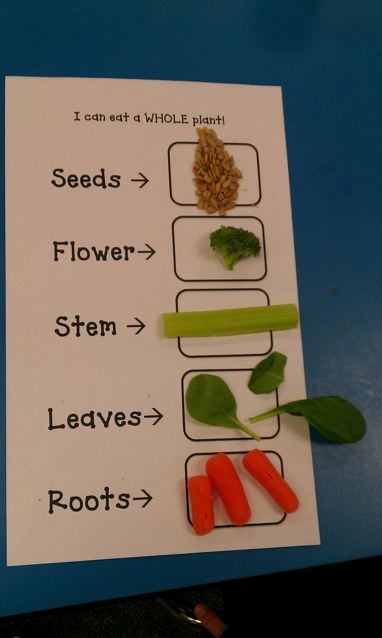Spring Themed Ideas for Language Activities in Speech Therapy
Spring-themes aren’t just good for articulation therapy, try spring theme ideas in language therapy too. These activities are also great for getting crafty. Speech and language therapy often encompasses both aspects of communication. New themes are great for introducing vocabulary. For this theme, think of the following spring vocabulary: flowers, rain, chicks, bunnies, grass, March, April, May, seasons, basketball, spring break, bugs, birds and the concepts: weather, growing, and new – just to name a few.
An Egg Hunt
Toy eggs are a very versatile therapy tool. There are so many ways to use these relatively inexpensive items for articulation and language learning. Make sure to obtain eggs that are multi colored and different sizes (yes they sell big and small versions). Here’s how you can use them:
- Where Questions/Prepositions: A classic egg hunt is a great way to work on “where” questions, particularly using prepositions, and doesn’t take as much space as you might think. Place the eggs in strategic locations, under, in, next to, beside items in the environment. Ask the child “where” a certain colored egg is and prompt them for a preposition in their response.
- Yes/No: Stimulate a yes/no activity by obtaining various items that will or will not fit into the eggs. Play one of three ways, 1.) make predictions about what will fit into the egg and then ask again when you see the result (e.g., “Do you think this will fit?” and “Does it fit?”) 2.) mix and match colored and different sizes of tops and bottoms and ask the child if a select two should go together. Also an exercise in same/different 3.) place different items inside the eggs prior to seeing the child. When the child arrives, have them shake, listen to or feel the weight of the egg and what’s inside and guess the contents. They can then check to see if they’re right or wrong by answering “yes” or “no.”
- Descriptive Vocabulary: Using traditional easter egg coloring kits or just plain markers, try to use concepts of “same” and “different” in addition to descriptive words that relate the eggs. One could be polka dots, one could be striped. If you use wax writing while dying one could be “rough” while one could be “smooth.” A complementary game of “I Spy” would nicely help to reinforce these concepts (e.g., “I Spy an egg that is pink and bumpy”). Using store bought plastic eggs, consider gluing differing textures of items for the same effect.
Flower Power
When April showers bring the May flowers, be prepared with garden and flower activities.
- Semantic Mapping, Categorizing: Using paper cutouts, create a “stem” “petals” and “leaves.” Write target vocab words on each part and create flowers that are related by category or other attributes. Examples could be two flowers, one with an “animals” stem and one with a “foods” stem. Using petals labeled “lion” or “cookie” as the child to place them on the correct flower.
- Sequencing: Discuss the order of events using “first,” “next,” and “last” language for planting seeds and growing flowers. Steps could include: digging a hole, planting seeds, watering the plant, and watching it grow.
Using Books
Many authors use spring themes in their books. To promote literacy skills, develop new vocabulary and practice narratives, with new titles, try these:
The book has great plant/seed vocabulary and describes the journey of seeds that travels across the sun, to the ocean or are eaten by birds. Small plants do grow when some seeds land on fertile soil, turning into small plants and flowers.
Spring Changes iPad Book App
This is a simple but through 32-page app for children aged 3-7. The most important changes of the spring season are told beautiful seasonal photographs.




